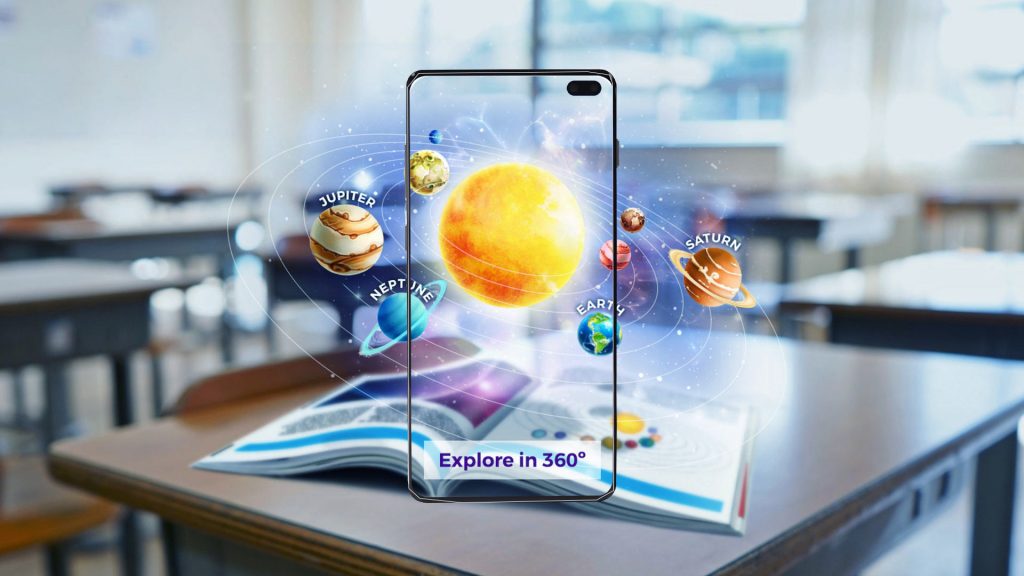What is Augmented Reality(AR)?
Augmented reality (AR) includes computerized content onto a live camera App, making that advanced substance look as though it is part of the physical world around you.
Practically speaking, this could be anything from making your face resemble a giraffe to overlaying computerized headings onto the physical boulevards around you. Augmented reality can give you a chance to perceive how furniture would look in your lounge room, or play a computerized board amusement on an oat box.
Every one of these precedents requires understanding the physical world from the camera feed, for example, the AR framework must comprehend what is the place on the planet before including pertinent advanced substances at the ideal spot. This is accomplished utilizing, which is the thing that separates AR from VR, where clients get transported into totally computerized universes. Peruse on to discover…

How does Augmented Reality work?
So since you know the importance of AR, how can it work? To start with, PC vision comprehends what is on the planet around the client from the substance of the camera feed. This enables it to demonstrate computerized content significant to what the client is taking a gander at.
This advanced substance is then shown in a reasonable manner, with the goal that it looks the part of this present reality – this is called rendering. Before separating this into more detail, we should utilize a solid guide to make this clearer. Consider playing an augmented reality board amusement utilizing a genuine grain box as the physical help like in the figure underneath.
Read: How Virtual Reality (VR) Works
Initially, PC vision forms the crude picture from the camera and perceives the grain box. This triggers amusement. The rendering module increases the first casing with the AR amusement ensuring it accurately covers with the oat box.
For this, it utilizes the 3D position and introduction of the crate dictated by PC vision. Since augmented reality is live, all the above needs to happen each time another edge originates from the camera. Most current telephones work at 30 outlines for every second, which gives us just 30 milliseconds to do this. As a rule, the AR feed you see through the camera is postponed by about 50 ms to enable this to occur, yet our mind does not take note!

Leave a Reply